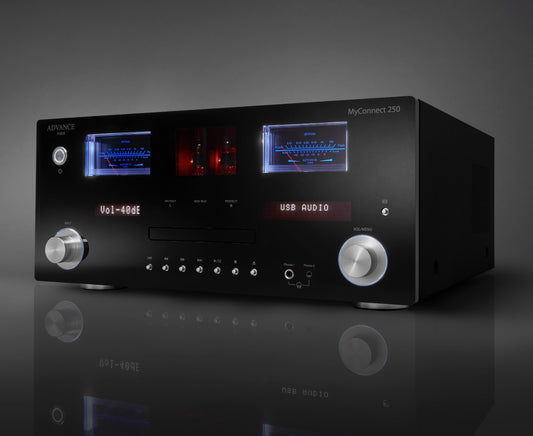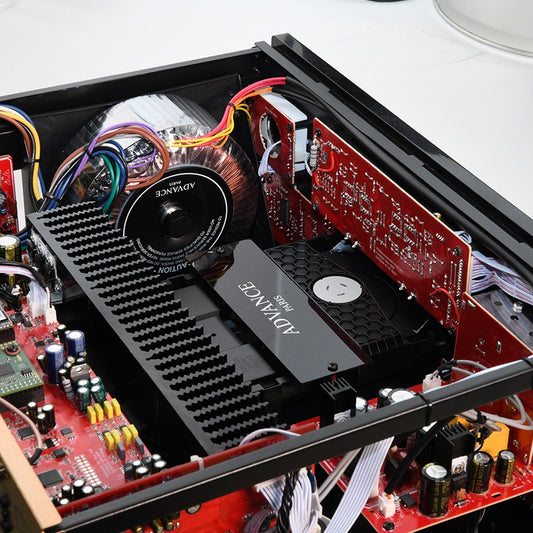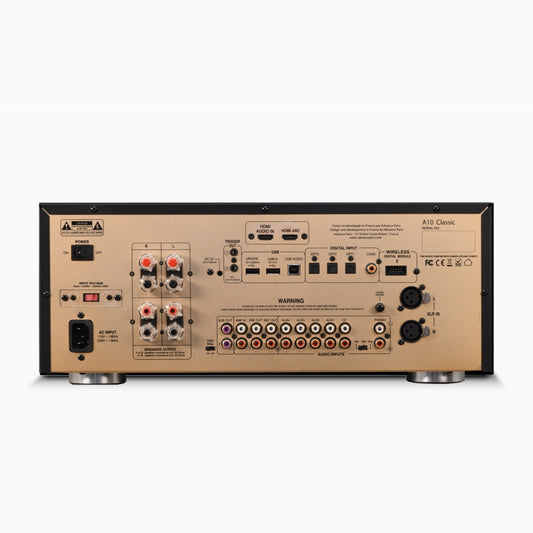First Watt SIT-4 Stereo Amplifier
First Watt SIT-4 Stereo Amplifier
The SIT-4 is the most recent amplifier produced by First Watt, and is the fourth to use Static Induction Transistors (SIT) as the power amplifying device.
The amplifier used a single power device, operating without feedback in single-ended Class A “Common-Source” mode to deliver 10 watts of power emulating the characteristic of a Triode, but operating at voltage and currents directly needed by loudspeakers, eliminating the output transformer.
Share
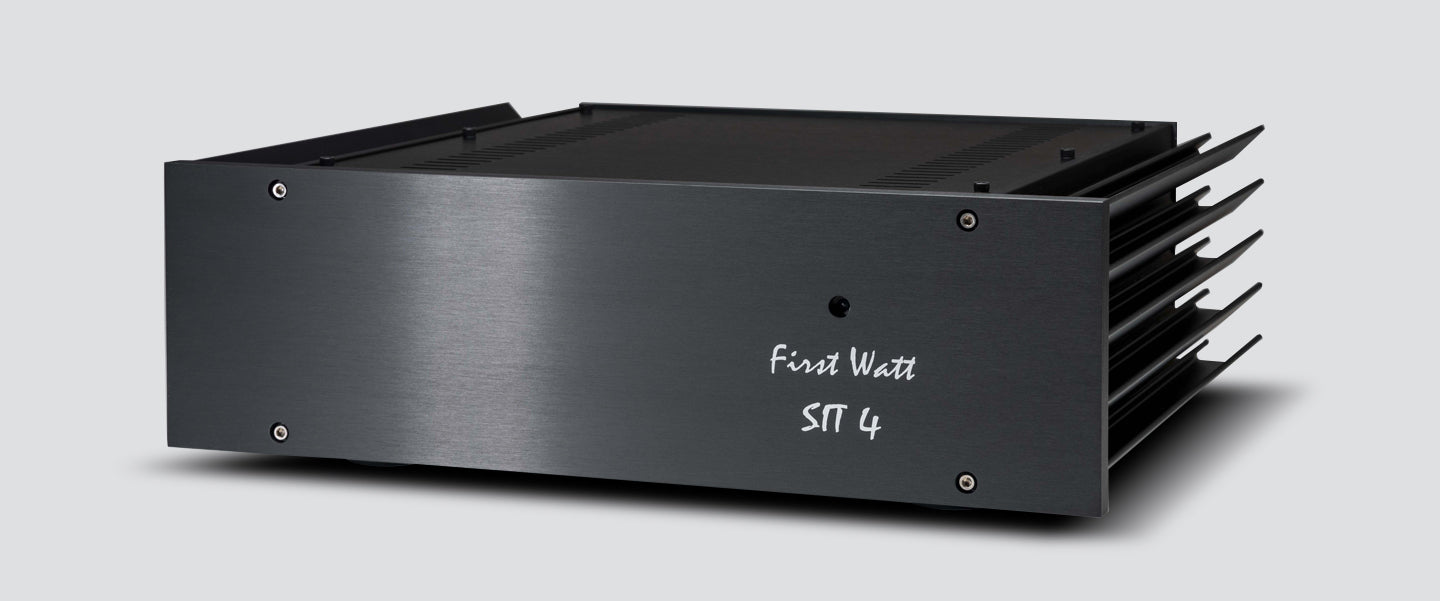
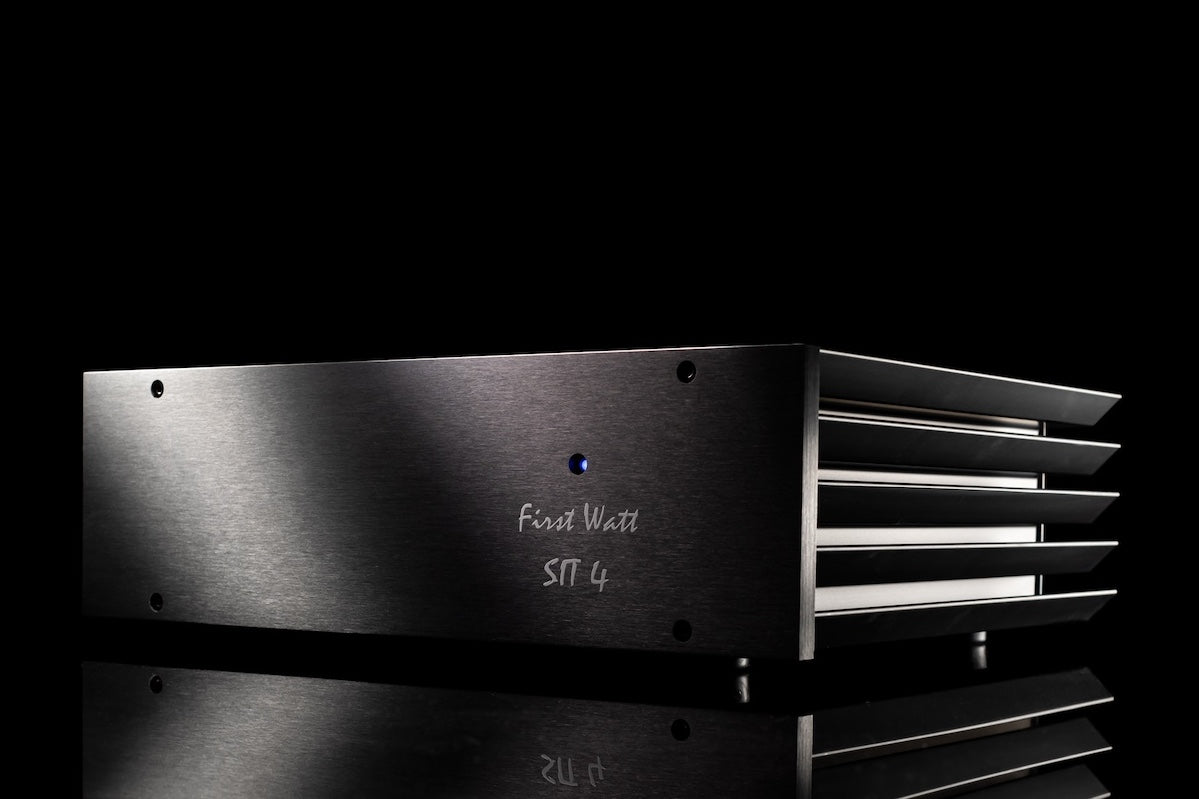
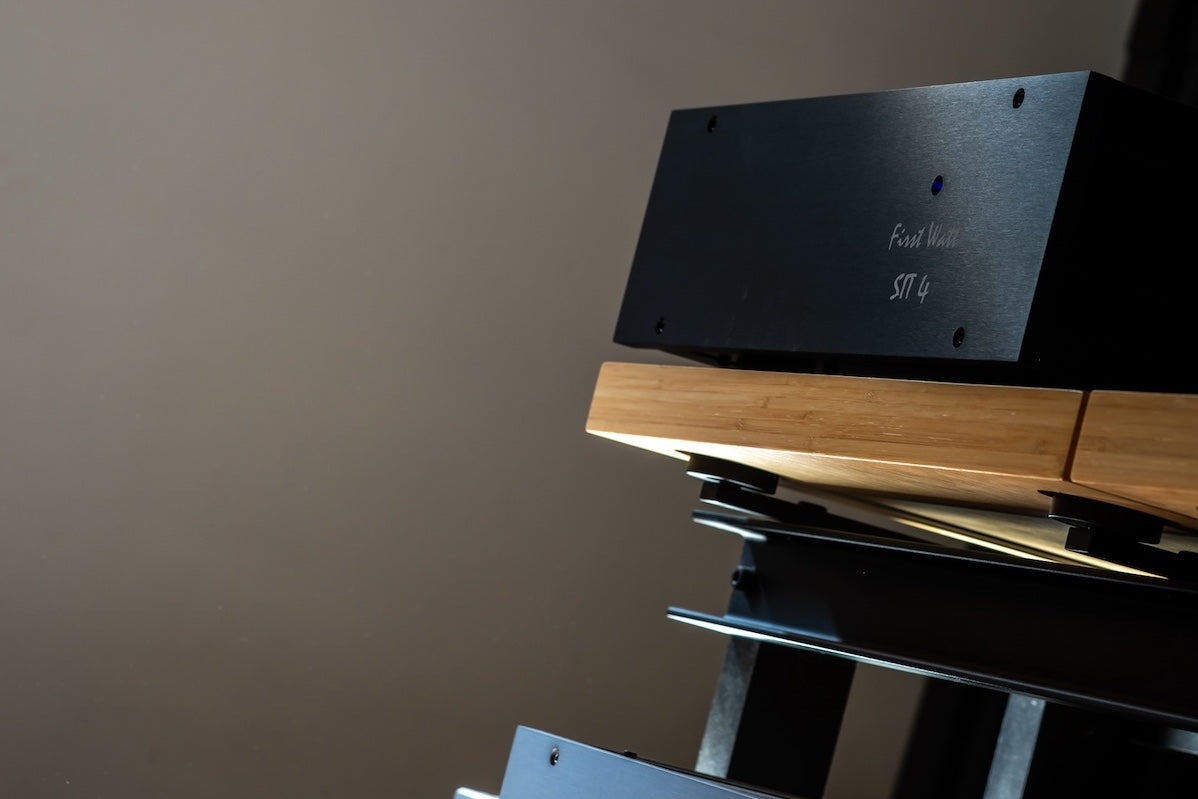
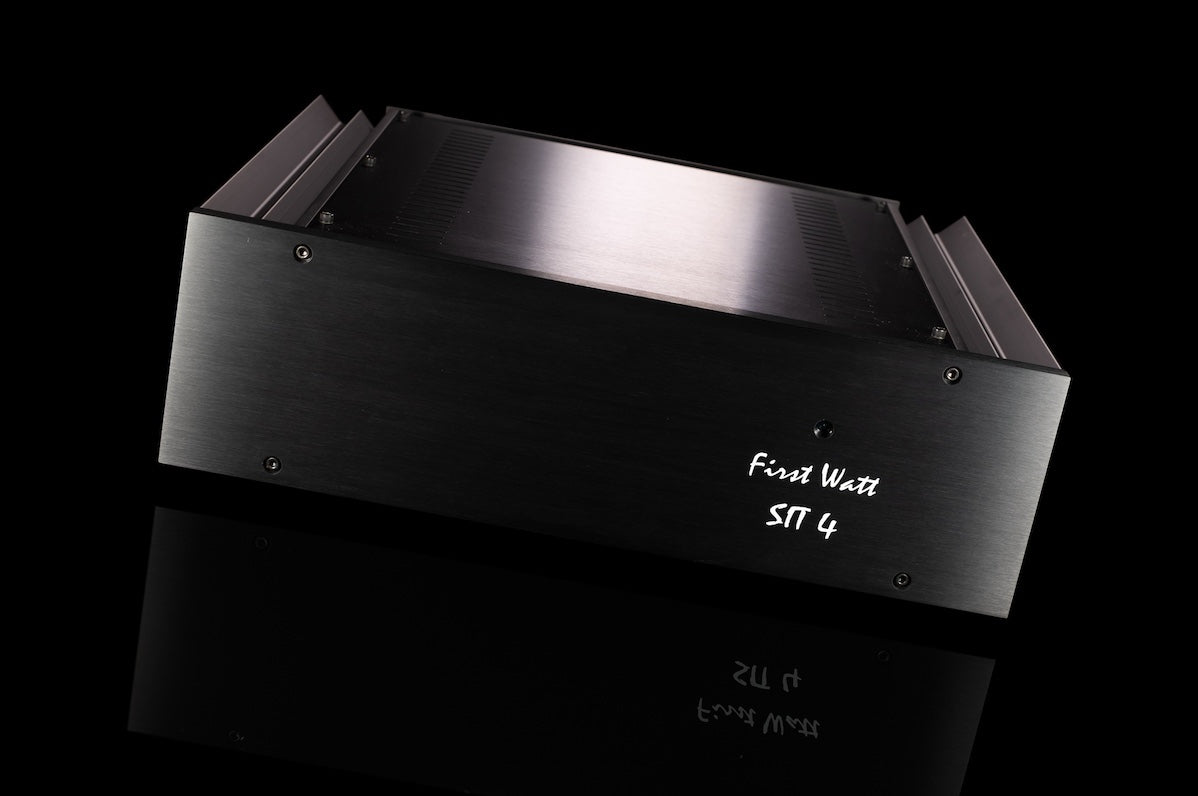
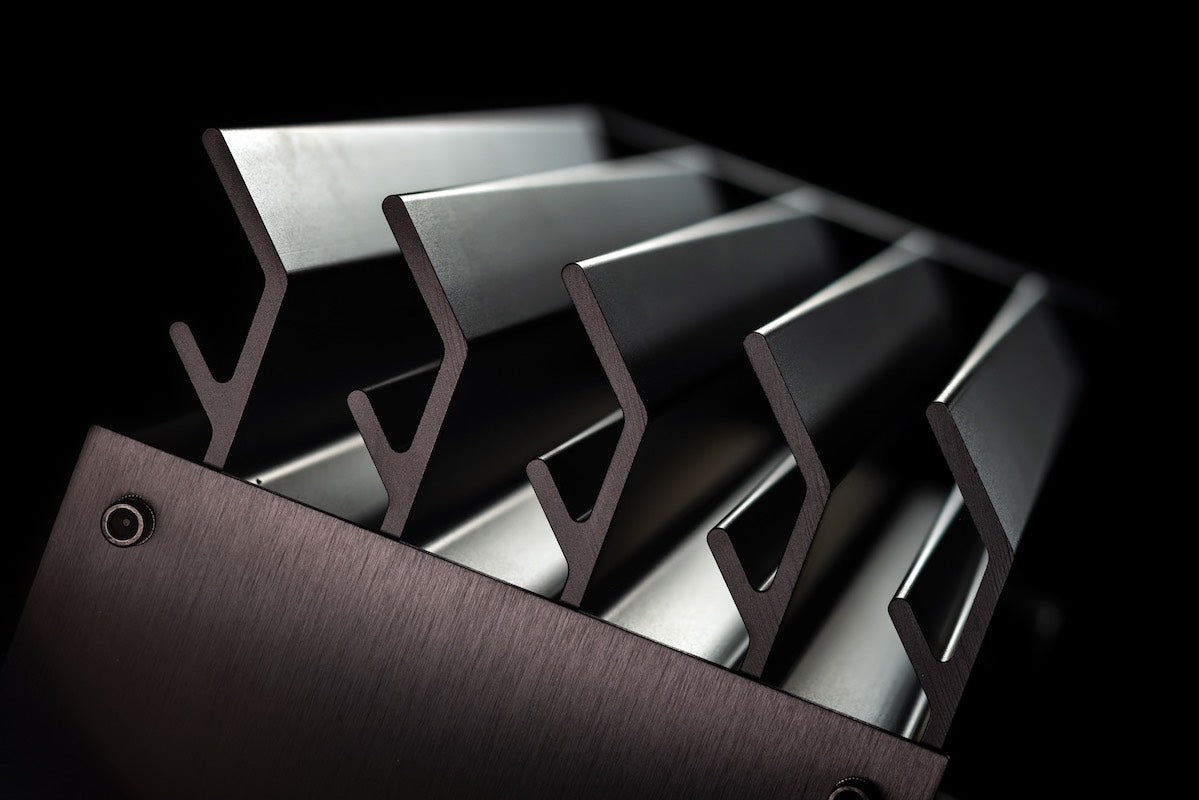
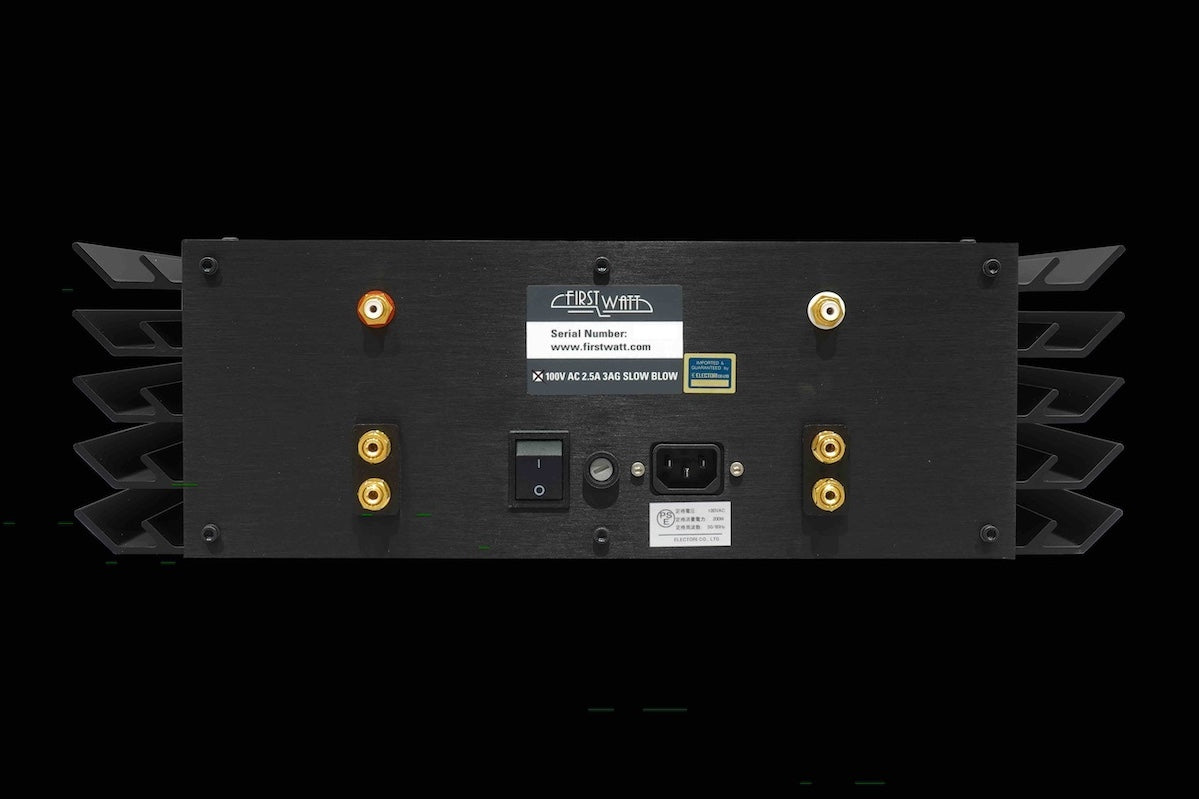
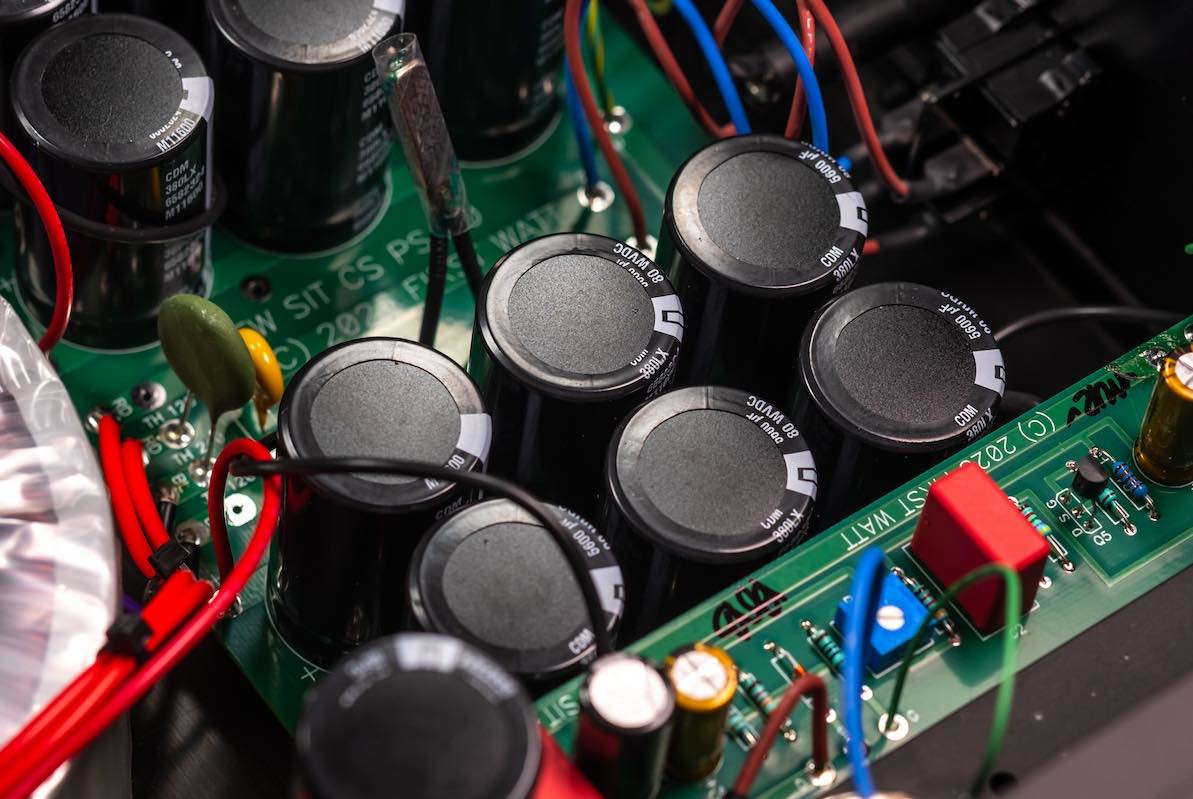
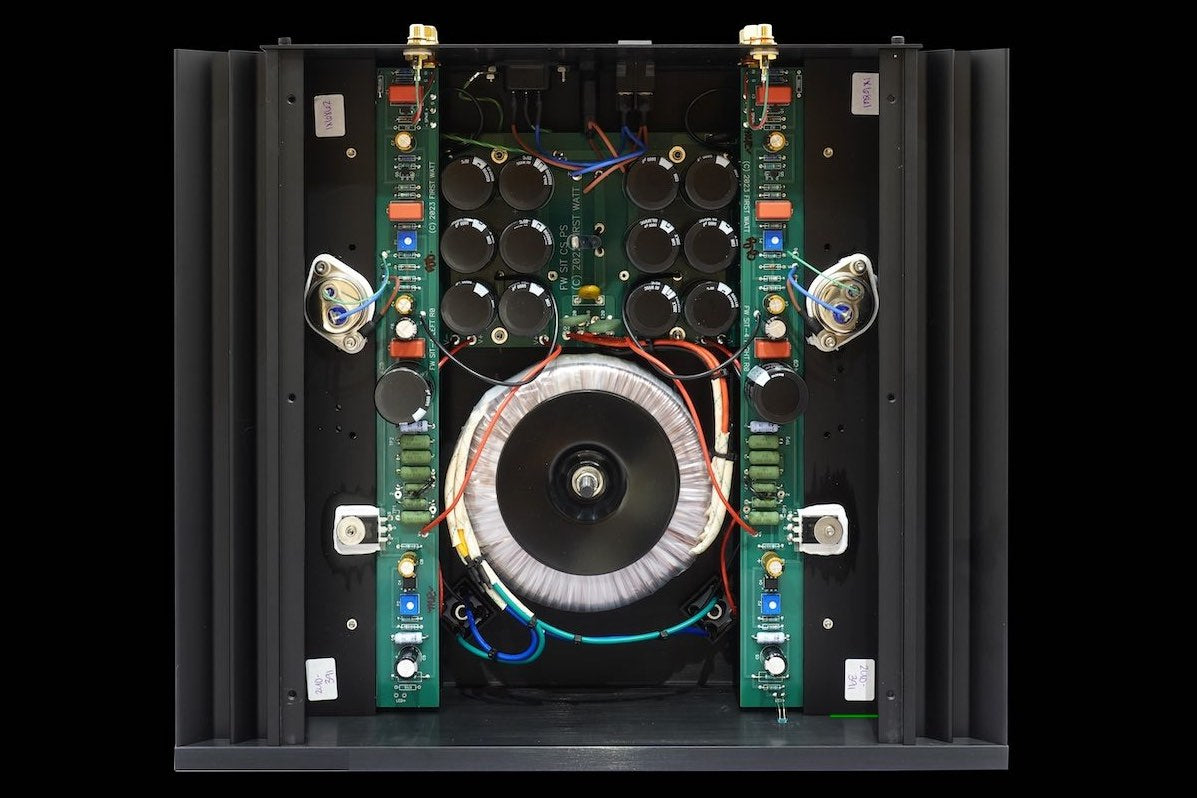

The first SIT amplifier was introduced in 2011 using a custom Silicon Carbide (SiC) transistor part made by SemiSouth. The success of the monoblock SIT-1 led to the SIT-2, which offered similar performance at higher efficiency, and two channels in the same chassis. 2018 saw production of the SIT-3 which operated the SIT transistor in Common-Drain (follower) mode, again without feedback which was available until 2023.
Some years prior, SemiSouth suffered bankruptcy and First Watt found themselves unable to acquire more of this special part. However there was a company in Japan - Tokin, known for making industrial Silicon SIT parts suitable for audio use. Their production facility was destroyed in the Fukushima earthquake, but First Watt was as able to acquire these parts from existing inventories of the Tokin devices over a period of several years. These large Tokin SITs enjoy that same Triode character, but at higher voltage, current and power ratings than our original SITs.
A special variety of Jfet invented in Japan in the 1950's, in the 1970's SITs enjoyed popularity in the “Vfet” power amplifiers from Sony and Yamaha that are still highly regarded in high end audio. Ultimately the difficulty and expense of SIT manufacture made them less competitive compared to later bipolar transistors, and it is only more recently that their superior qualities have been recognized for high end audio.
SIT devices have a unique characteristic which is of particular value for audio amplifiers. Quoting inventor Nishizawa's patent abstract, “(The) drain-current to drain-voltage characteristic simulates the anode-current to anode-voltage characteristic of the Triode vacuum tube very closely.”
As with Triodes, the characteristic curves of the SIT allow operation on Class A “load lines” that can determine the relative values of second and third order harmonics and have little in the way of higher order distortion. It is a now a common observation that the most appealing sound tends to come from a dominant second order harmonic character followed by a lesser values of higher order harmonics.
SITs continued to be used in microwave, radar and other exotic applications, but after Sony and Yamaha ceased production, they largely disappeared from audio amplifiers. Recently there has been renewed interest in SITs, partly because two audio companies stepped up and spent the money required to fabricate new devices suitable for audio power amplifiers.
The first of these was Digital Do Main in Japan, which produced at least two audio amplifiers based on newer Tokin versions of original Yamaha parts. The other was First Watt, with the SemiSouth Silicon Carbide 50 watt device in the SIT-1, 2 and 3. The new SIT-4 uses the Tokin THF51s rated at 600 volts, 30 amps and 400 watts in a 10 watt/ch amplifier.
Audiophiles have gone to great expense to achieve as little as 1 watt of power using Triodes because of their specific sonic character. Unfortunately Triode performance is limited partly by the need to transform the high voltage / low current operation of the Triode down to the low voltage / high current domain of loudspeakers. This means an output transformer and the limitations/expense that come with it.
It has been a goal of some designers to get transistors to sound like Triodes, with limited success. Fets can sound like Pentodes, but it takes some gyrations to make a conventional Fet to resemble a Triode. There are two things we want out of a solid state device for this purpose. We want a “square law” input characteristic like that of tubes (which Fets are good at) but also a relatively low Drain resistance, equivalent to the Triode's low Plate impedance.
This allows for a single gain stage with both voltage and current gain, and having a high input impedance and low output impedance without a feedback loop or degeneration. It also allows “working the load-line”, which describes the path of the gain device through the region of voltage vs current in the course of amplifying the musical signal driving the loudspeaker. By altering the load line, you can lower the distortion or create a particular distortion character.
Measured at 120 V AV and an 8Ω Load: | |
Distortion | 1 Watt 0.6% |
Input Impedance | 100 Kohm |
Gain | 20 dB |
Output Impedance | 4Ω |
Output Power | 10 Watts @ 2% THD, 8Ω |
Frequency Response | 4 Hz to 80 KHz (-3 dB) |
Noise | 75uV unweighted, 20-20 KHz |
Power Consumption | 200 Watts |
Fuse | 3AG Slow Blow Type -2.5 Amp for 120 VAC1.25 Amp for 240 VAC |
Dimensions | 43.18 x 38.1 x 12.7 cm (WxDxH) |
Weight | 14.515 Kg |
More to explore
-

Cables & Conditioners
It may seem difficult to believe by the uninitiated, but once you...
-

Floorstanding Speakers
Ranging from elegantly compact designs to the ultimate in grand scale presentations,...
-
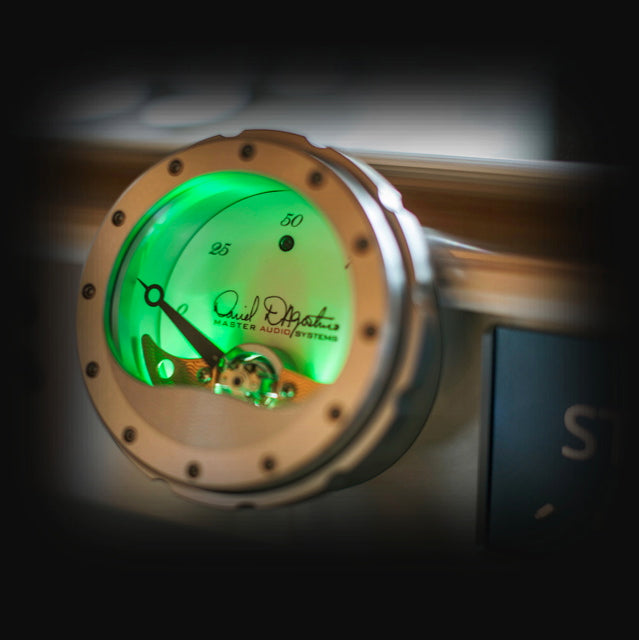
Source - Amplifier Systems
When we talk about integrated systems we have to make a distinction...
-

Music Servers
A music server allows you to store your entire music collection and to access that music quickly...
Meet Advance Paris
Excellent. Affordable. Performance.
-
Advance Paris MyConnect 250
Regular price R87,300.00 ZARRegular priceUnit price / per -
Advance Paris MyConnect 150
Regular priceRegular priceUnit price / per -
Advance Paris MyConnect 60
Regular price R23,000.00 ZARRegular priceUnit price / per -
Advance Paris A10 Classic Integrated Amplifier
Regular price R52,200.00 ZARRegular priceUnit price / per















